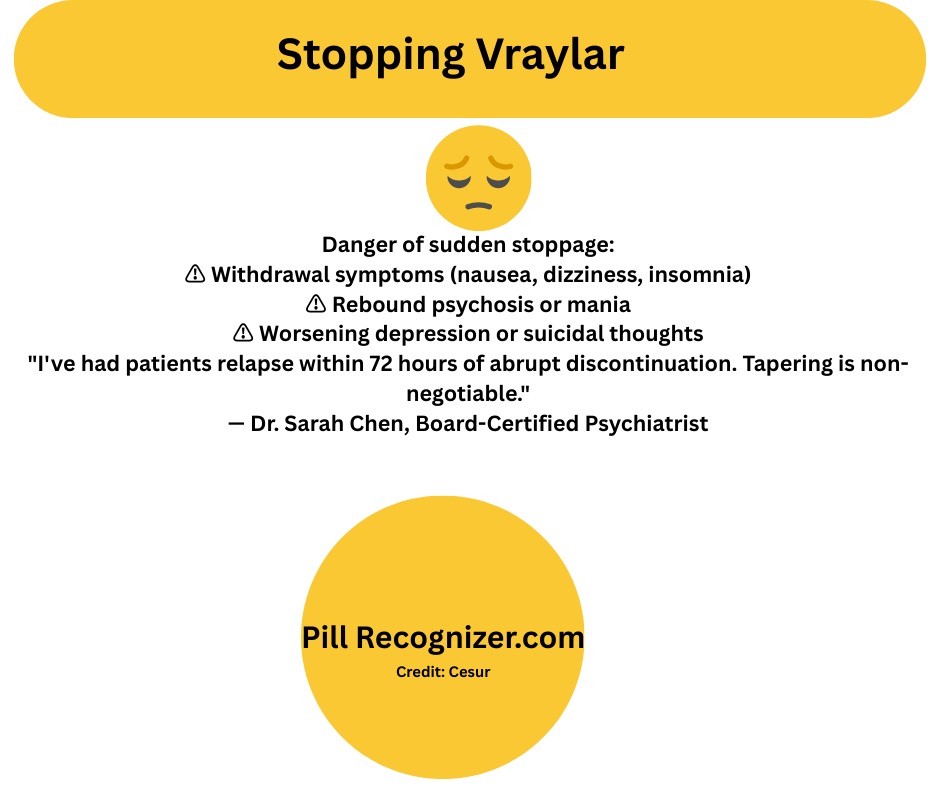Schizophrenia and Bipolar Disorder
Mental health disorders such as schizophrenia and bipolar disorder impact millions of individuals globally, frequently posing serious obstacles to day-to-day living. Despite being severe mental illnesses, they are not the same in terms of symptoms, etiology, or modes of treatment. The goal of this book is to give a general overview of these conditions, highlighting their distinctions, parallels, and approaches to treatment.
What is Schizophrenia?
A severe and long-lasting mental illness that alters thoughts, emotions, and behavior is schizophrenia. Schizophrenia patients may appear to have lost all sense of reality, which can be upsetting to both them and their loved ones.
Key Symptoms:
- Delusions: Strong convictions that are unfounded (e.g., thinking that someone is planning an attack on you).
- Hallucinations: Seeing or hearing things that do not exist (most commonly hearing voices).
- Disorganized Thinking: Speech that is unreasonable or imprecise due to incoherent or irrational thoughts.
- Negative Symptoms: a decrease in or incapacity to perform regular tasks, like unmotivation or a flat affect.
Causes of Schizophrenia:
Although the precise reason is unknown, a mix of environmental, brain chemistry, and hereditary variables are involved. Schizophrenia is more common in people who have a family history of the illness.
Treatment Options:
- Medications: Antipsychotics are the primary treatment for reducing symptoms.
- Therapy: Cognitive-behavioral therapy (CBT) can help manage symptoms and improve quality of life.
- Support Systems: Support from family, friends, and mental health professionals is crucial for ongoing care.
What is Bipolar Disorder?
Bipolar disorder, formerly known as manic-depressive illness, is a mental illness marked by intense emotional fluctuations, including sadness and manic or hypomanic highs. These mood swings can have an impact on behavior, energy, sleep, activity levels, and the capacity to do everyday chores.
Key Symptoms:
- Manic or Hypomanic Episodes:
- Elevated mood, hyperactivity, and increased energy
- Racing thoughts and rapid speech
- Impulsive behavior, such as spending sprees or risky decisions
- Reduced need for sleep
- Depressive Episodes:
- Feelings of sadness, hopelessness, or emptiness
- Fatigue and low energy
- Loss of interest in activities once enjoyed
- Difficulty concentrating and making decisions
Types of Bipolar Disorder:
- Bipolar I Disorder: Characterized by at least one manic episode, often followed by depressive episodes.
- Bipolar II Disorder: Involves depressive episodes and hypomania (a less severe form of mania).
- Cyclothymic Disorder: A milder form of bipolar disorder with fluctuating periods of hypomanic and depressive symptoms.
Causes of Bipolar Disorder:
The exact causes of bipolar disorder are unknown, just like those of schizophrenia. Its development is believed to be influenced by genetics, environmental stress, and modifications to the chemistry and structure of the brain.
Treatment Options:
- Medications: Mood stabilizers, antipsychotics, and antidepressants are commonly used to manage symptoms.
- Psychotherapy: Cognitive-behavioral therapy and interpersonal therapy can help individuals manage their mood swings and improve relationships.
- Lifestyle Changes: Maintaining a stable daily routine, getting regular exercise, and avoiding stressors are essential for managing bipolar disorder.
Key Differences Between Schizophrenia and Bipolar Disorder
Although schizophrenia and bipolar disorder share some symptoms, such as psychosis or mood swings, they are distinct disorders:
| Aspect | Schizophrenia | Bipolar Disorder |
|---|---|---|
| Primary Issue | Disorganized thinking and psychosis | Mood swings between mania and depression |
| Hallucinations | Common | Rare, but possible during mania |
| Mood | Flat or inappropriate affect | Fluctuates between high and low |
| Onset Age | Early adulthood (late teens to 30s) | Late adolescence or early adulthood |
Managing Schizophrenia and Bipolar Disorder
Both schizophrenia and bipolar disorder are lifelong conditions that require ongoing treatment and support. Here’s how they can be managed:
- Medication Compliance: Staying on prescribed medications is crucial to avoid relapses or worsening symptoms.
- Therapy and Counseling: Regular therapy can help with coping strategies, understanding triggers, and maintaining emotional balance.
- Support Networks: Engaging with family, friends, or support groups can provide emotional and practical assistance.
- Healthy Lifestyle: Maintaining a balanced routine, getting enough sleep, exercising, and avoiding drugs or alcohol are key for managing both conditions.
Conclusion
Millions of people are affected by bipolar disorder and schizophrenia, two serious mental health diseases, but with the right care and support, sufferers can have happy, full lives. It is crucial for persons who are impacted and their families to comprehend these illnesses, their variations, and management techniques.
Get the assistance you require by getting in touch with a healthcare provider if you or someone you know is experiencing mental health problems.
For Schizophrenia:
- National Institute of Mental Health. (2020). Schizophrenia. https://www.nimh.nih.gov/health/topics/schizophrenia/index.shtml
- McGrath, J., Saha, S., Chant, D., & Welham, J. (2008). Schizophrenia: A concise overview of incidence, prevalence, and mortality. Epidemiologic Reviews, 30(1), 67-76. https://doi.org/10.1093/epirev/mxn001


